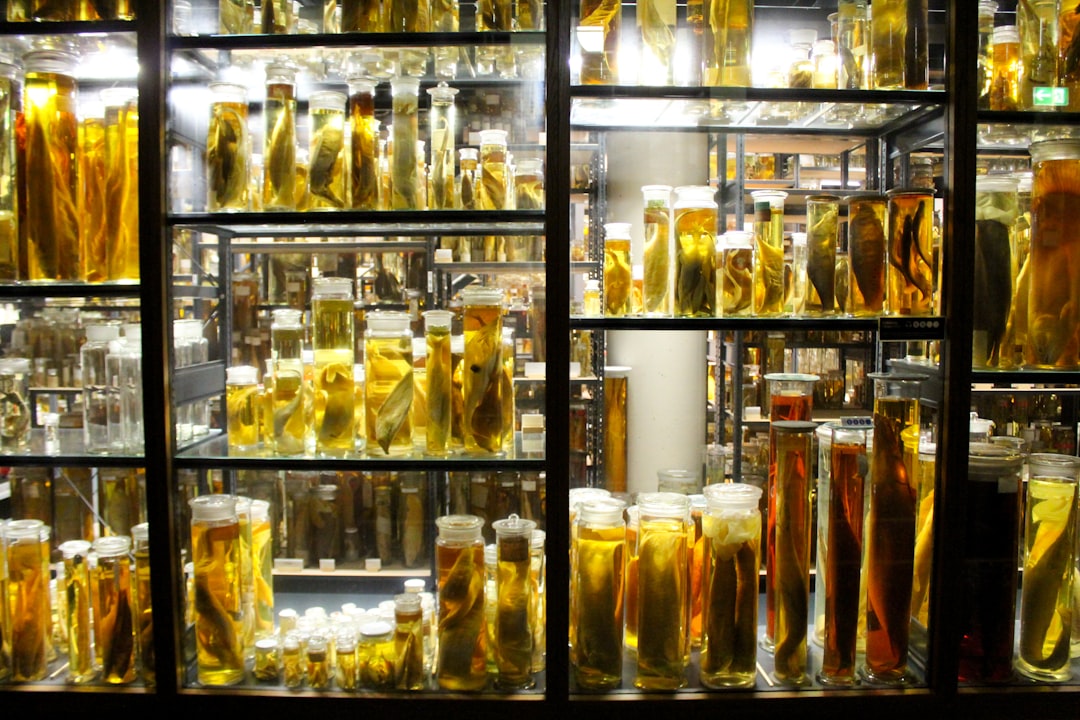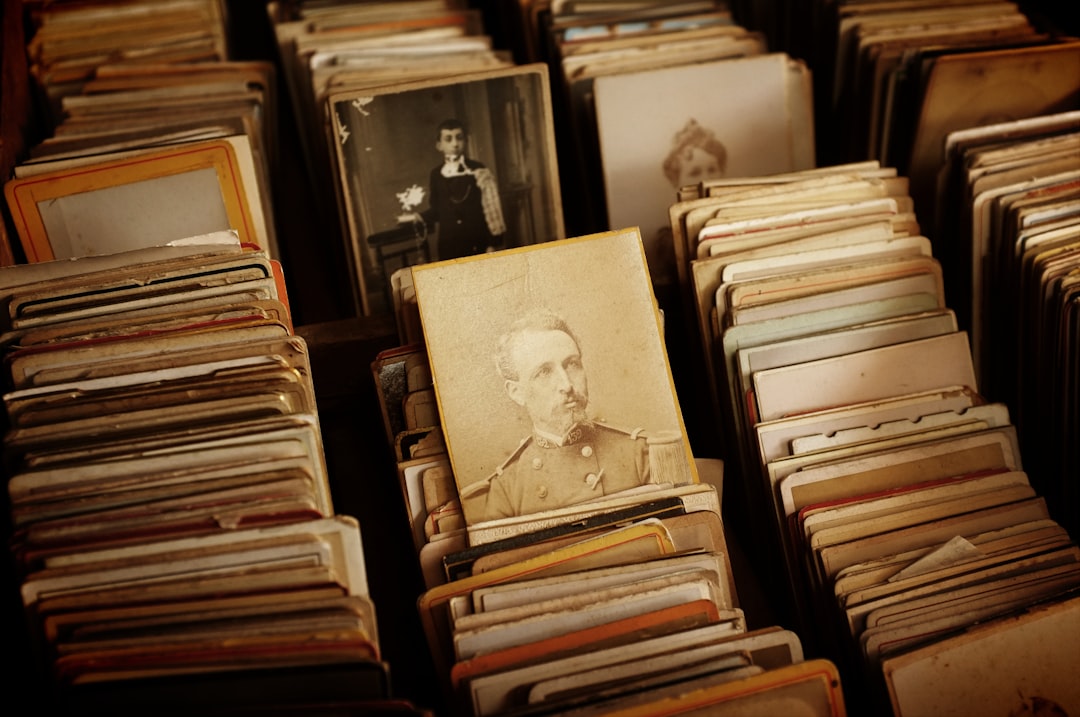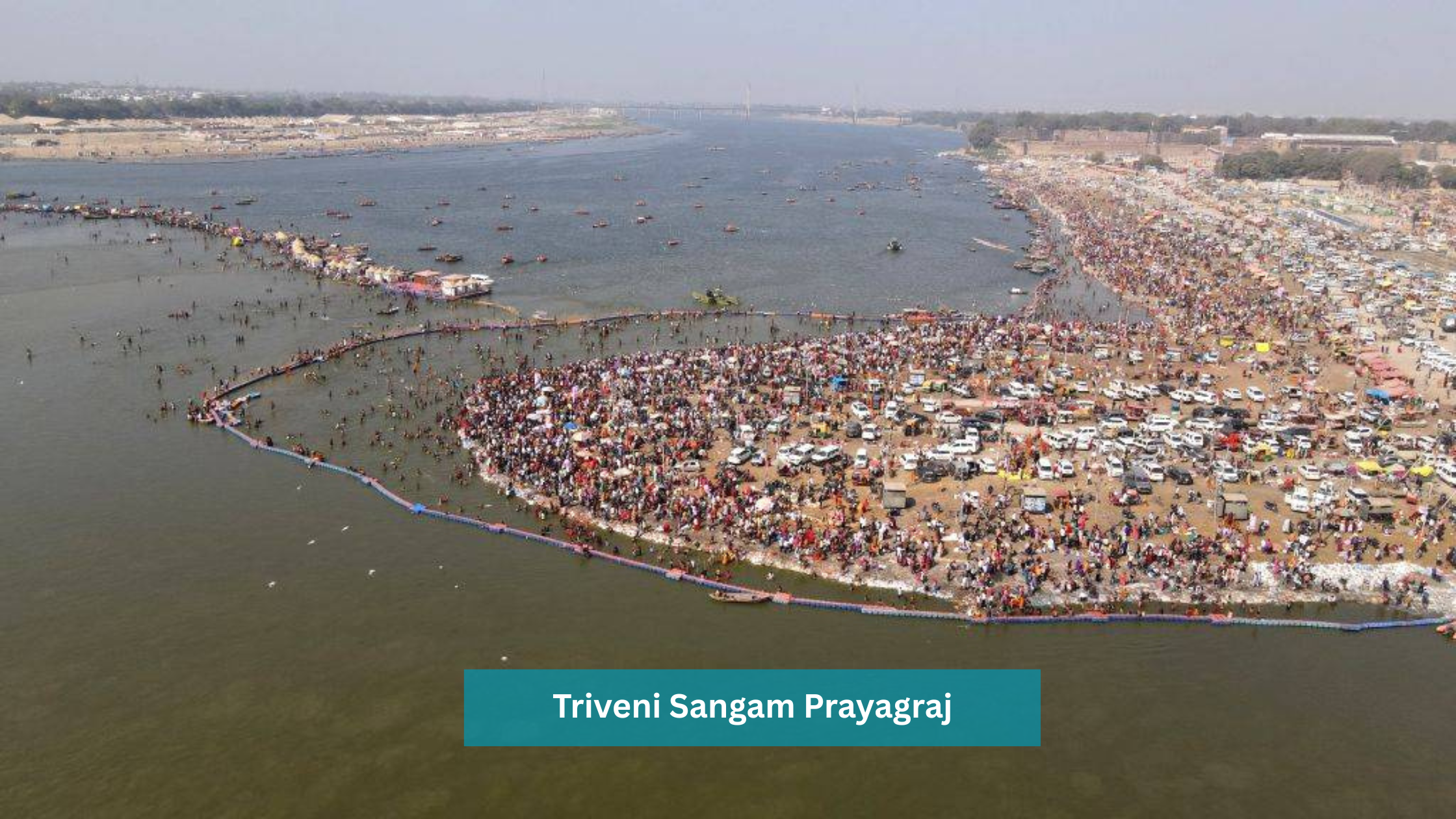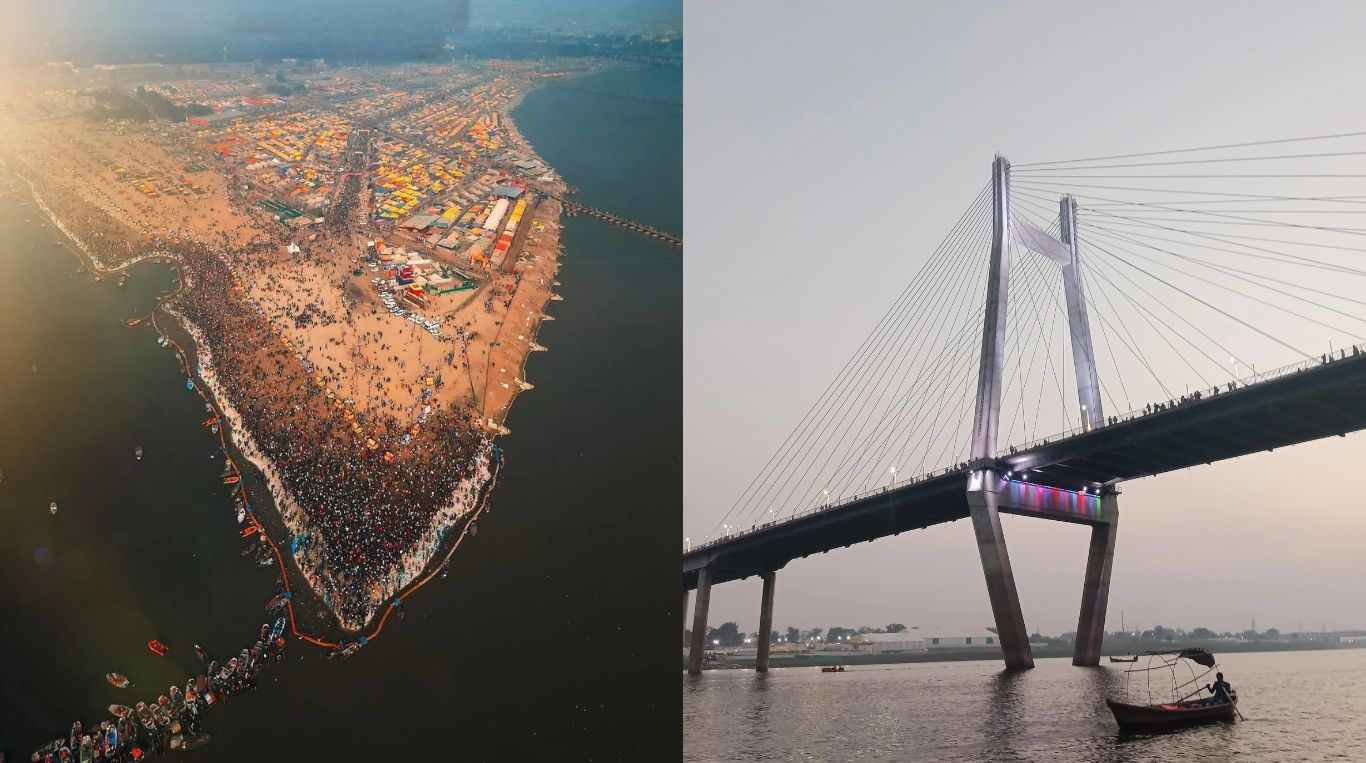Hey history buffs! Ever walk past an old building and wonder about its story? A lot of cool buildings around us date back to the colonial era, a time when European powers controlled different parts of the world. These structures aren’t just old; they’re like time capsules, giving us glimpses into the past. Let’s explore some examples of these colonial buildings and see how they’re doing today!
What Exactly is a “Colonial Era Structure?”
Think of “colonial era structure” as any building or landmark created during a period when a country was under the control of another, usually European, power. These buildings often reflect the architectural styles of the colonizing country, blended with local materials and designs. These structures range from grand government buildings and churches to simple homes and trading posts.
Examples of Colonial Era Structures and Their Status Today
Forts: Sentinels of the Past
Forts were crucial for defense and control during the colonial era. Many still stand today, though their purpose has changed dramatically.
- Fort Sumter, USA: Located in Charleston, South Carolina, this fort is famous for being where the American Civil War began. Today, it’s a national park, attracting tourists and history enthusiasts. Visitors can take a ferry to the fort and learn about its pivotal role in American history.
- Fort Jesus, Kenya: Built by the Portuguese in the 16th century in Mombasa, this fort has seen many battles and changes in ownership. Now, it’s a UNESCO World Heritage Site and a museum, showcasing the diverse history of the region.
- El Morro, Puerto Rico: Officially known as Castillo San Felipe del Morro, this imposing fortress guarded the entrance to San Juan Bay. Today it’s a popular tourist attraction offering stunning views and a glimpse into Spanish colonial power.
Government Buildings: Seats of Power, Past and Present
Colonial powers often built impressive government buildings to showcase their authority. Many of these buildings continue to serve important functions today.
- Victoria Memorial, India: Though completed after the colonial era ended, this massive marble building in Kolkata represents the peak of British influence. It now serves as a museum, showcasing Indian history and art.
- Government House, Australia: Found in many Australian cities, these grand residences were home to the Governor-General, representing the British monarch. Some are still used for official functions, while others are open to the public.
- The Independence Hall, USA: Located in Philadelphia, Pennsylvania, it is where both the Declaration of Independence and the United States Constitution were debated and adopted. It stands today as a powerful symbol of American freedom and democracy.
Churches and Cathedrals: Spreading Faith and Architecture
Religion played a significant role in the colonial era, and churches were often among the most prominent buildings constructed.
- San Sebastian Church, Philippines: This stunning basilica in Manila is unique for being made of steel. It stands as a testament to the architectural innovation of the time and remains an active church.
- St. Paul’s Cathedral, England (and its influence): While St. Paul’s itself is not colonial, its architectural style heavily influenced church designs in British colonies around the world. Cathedrals mirroring its design can be found in places like Calcutta (Kolkata) and Melbourne.
- Metropolitan Cathedral, Mexico City: A stunning example of Spanish colonial architecture, this massive cathedral reflects centuries of religious and cultural influence. It remains a central place of worship and a major tourist destination.
Residences: From Grand Mansions to Humble Homes
Colonial architecture wasn’t limited to grand public buildings. Homes, from plantation mansions to simpler dwellings, also offer insight into the lives of people during this period.
- Plantation Homes, USA (Southern States): While beautiful, these homes also represent a dark chapter in history, built on the labor of enslaved people. Many have been preserved, offering tours that address the complexities of their past.
- Merchant Houses, Southeast Asia: In cities like Georgetown (Malaysia) and Singapore, you can find beautifully preserved merchant houses that blend European and Asian architectural styles. Many have been converted into shops, restaurants, and boutique hotels.
Challenges in Preserving Colonial Era Structures
Keeping these historical buildings around isn’t always easy. Here are some common challenges:
- Funding: Restoration and maintenance can be expensive. Getting enough money for repairs is a constant struggle.
- Natural Disasters: Old buildings are often more vulnerable to damage from earthquakes, hurricanes, and floods.
- Urban Development: As cities grow, there’s pressure to demolish old buildings to make way for new construction.
- Changing Climate: Increased rainfall and humidity can accelerate decay, especially in tropical climates.
- Conflicting Interpretations: Some colonial structures represent painful histories of oppression and exploitation, leading to debates about how they should be interpreted and preserved.
Why is Preserving These Structures Important?
Preserving colonial-era structures is vital for several reasons:
- Historical Significance: They provide tangible links to the past, helping us understand the complexities of history.
- Architectural Value: They showcase unique architectural styles and construction techniques.
- Tourism and Economic Benefits: Historical sites attract tourists, boosting local economies.
- Educational Opportunities: They serve as valuable learning resources for students and researchers.
Frequently Asked Questions
What are some key characteristics of colonial architecture?
Colonial architecture often blends European styles with local materials and techniques. You might see features like wide verandas (porches), red tile roofs, ornate facades, and the use of locally sourced stone or wood.
How are colonial structures being adapted for modern use?
Many colonial buildings are being repurposed as museums, hotels, restaurants, government offices, and cultural centers. This adaptive reuse helps preserve them while giving them new life and purpose.
What role does UNESCO play in preserving colonial sites?
UNESCO (the United Nations Educational, Scientific and Cultural Organization) designates certain sites as World Heritage Sites, providing recognition and support for their preservation. This helps raise awareness and attract funding for conservation efforts.
Colonial-era structures are more than just old buildings; they are tangible pieces of history that connect us to the past. By understanding their stories and supporting preservation efforts, we can ensure that these valuable landmarks continue to inspire and educate future generations.



